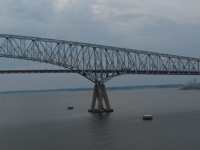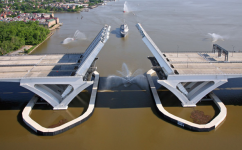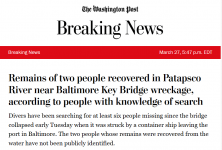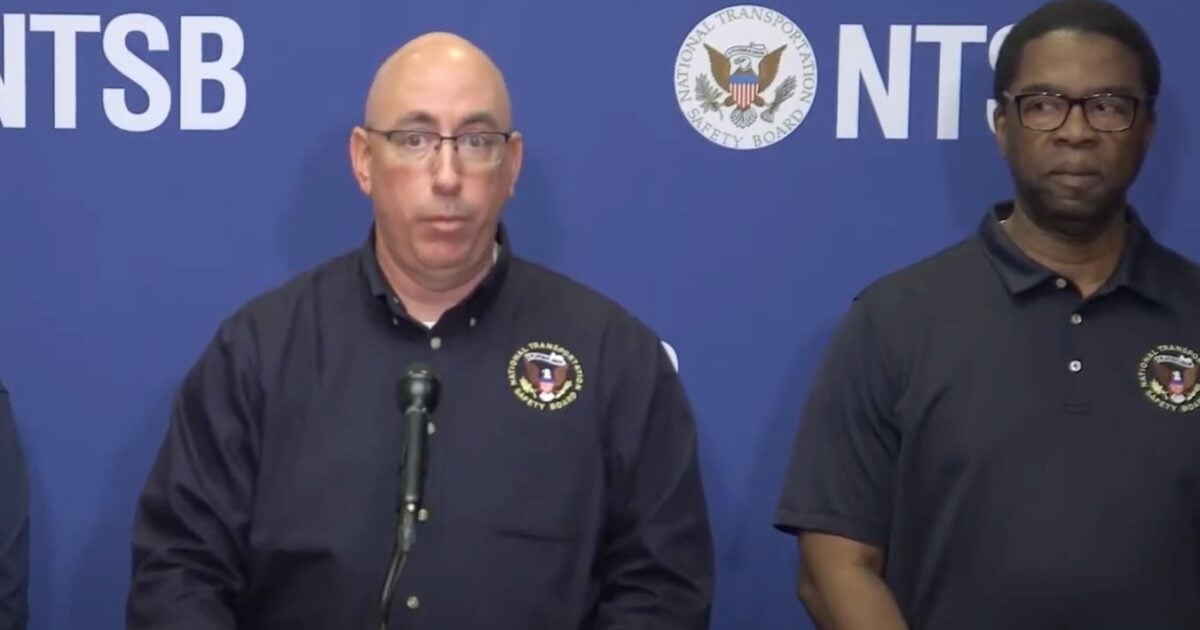As The Gateway Pundit reported earlier the National Transportation Safety Board (NTSB) Chair Jennifer Homendy announced the voyage data recorder known as the “black box’ was recovered from the DALI cargo ship that crashed into the Francis Scott Key bridge early Tuesday morning.

www.thegatewaypundit.com
NTSB Releases Data on DALI's Black Box, Reveals No CCTV Footage Found, Sensors Cut Off and Turned Backed On, Voice Recorder Disrupted By Background Noise
As
The Gateway Pundit reported earlier the National Transportation Safety Board (NTSB) Chair Jennifer Homendy announced the voyage data recorder known as the “black box’ was recovered from the DALI cargo ship that crashed into the Francis Scott Key bridge early Tuesday morning.
On Tuesday evening, Homendy and NTSB investigator Marcel Muise held a press conference to reveal the data on the DALI’s black box, also known as the Voyage Data Recorder (VDR).
NTSB investigator Marcel Muise revealed there were about six hours of VDR on data and included a timeline of midnight to 6 am.
Before revealing the data on the VDR, Muise warned that the quality of the voice recording and radio data was hard to comprehend due to background noise.
Muise then shared that the “VDR sensor data ceased recording. The VDR audio continued to record using the redundant power source.”
“VDR resumed recording sensor data, and during this time, steering commands and rutter orders were recorded on the audio,” added
Muise.
Muise continued, “The ship’s pilot made a very high-frequency radio call for tugs in the vicinity to assist. About this time, the pilot dispatcher phoned the Maryland Transportation Authority duty officer regarding the blackout.”
He concluded his statement by adding that “The ship’s speed over ground was recorded at just under 7 knots. From this moment to approximately 1:29:33, the VDR audio recorded sounds consistent with the collision of the bridge.”
WATCH:
Before the content on the black box was revealed, Homendy noted a group of operations and engineering groups boarded the DALI to do a walk-through of the ship’s bridge and engine room to find any electronic recorders, cameras, or CCTV footage but could not find any.
WATCH:
Watch the entire press conference below:









